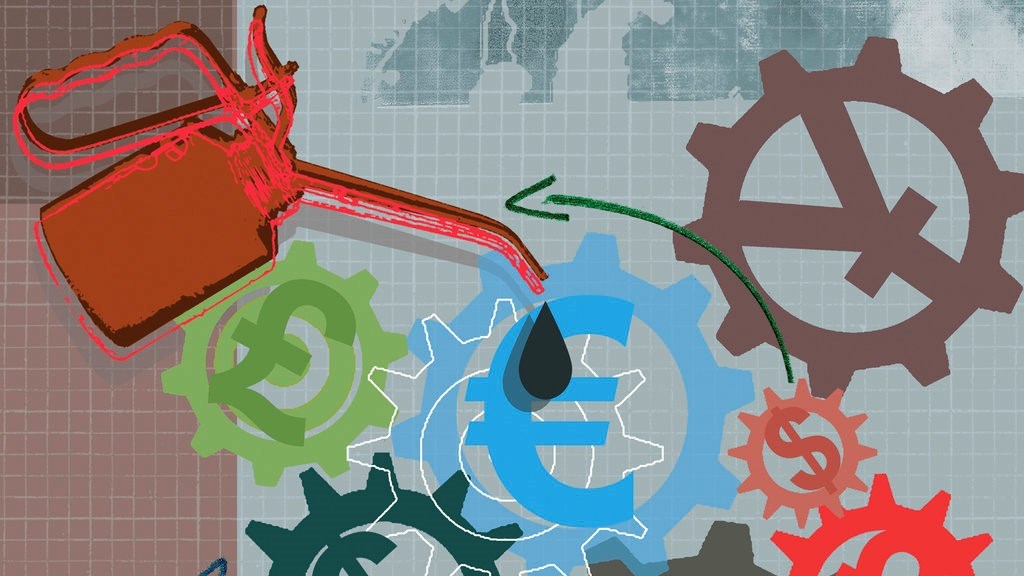Humans are not wired to be good investors. To survive in the wild, we developed a tendency to rely on mental shortcuts to process information quickly, which is helpful for avoiding danger and taking advantage of fleeting opportunities. But this can be a hindrance to the unnatural act of investing.
Psychologist and Nobel laureate Daniel Kahneman explores how people process information and the biases that mental shortcuts can create in his book, “Thinking Fast and Slow.”1 While the book isn’t specifically about investing, it explains why we often do dumb things as investors and is well worth a read. Here, I’ll share some of the key insights from the book and how we can learn from them to become better investors.
A Two-Track Mind
The book’s title refers to two distinct thought processing systems that everyone has, according to Kahneman: System 1 is the fast track that operates automatically and guides most of what we do. It is intuitive and processes information quickly, with little or no voluntary control, allowing for fast decision-making. The first answer that pops into your head when posed with a difficult question, such as how much money you should save for retirement, is probably from System 1.
System 2 is the slow track. It manages complex problem solving and other mental tasks that require concentrated effort. This system is deliberate, cautious, and…lazy. Most of the time, we rely on System 1 and engage System 2 only when something surprising occurs or when we make a conscious effort. This division of labor allows us to make the most of our limited attention and mental resources, and it usually works well.
But the shortcuts that System 1 takes can lead to poor investment decisions. Among these, it suppresses doubt, often substituting an easier question for the one that was asked. Also, it evaluates claims not by the quality or quantity of evidence but by the coherence of a story it can create to fit the evidence. To top it off, this system has little understanding of statistics or logic. However, it’s hard to recognise those shortcomings in the moment or even to be aware that System 1 is guiding our actions.
Shortcuts That Can Lead to Trouble
Confirmation Bias. The world is full of trade-offs, nuance, and complexity. But that’s not conducive to quick thinking. So System 1 paints a picture of the world that is simpler than reality, suppressing doubt. Doubt requires greater effort than belief because it is necessary to reconcile conflicting information. We are biased toward adopting views that are consistent with our prior beliefs or seeking out evidence that supports those beliefs—hence, confirmation bias. This is not only because System 2 is lazy, but also because we have evolved a preference for the comfortable and familiar. In the wild, familiarity is a sign that it is safe to approach; those who aren’t cautious of the unknown are more susceptible to danger and less likely to survive.
Yet confirmation bias can lead to bad investment decisions because it can breed overconfidence. For example, it may cause bullish investors to overlook or underweight good reasons not to buy. It may cause others to hold on to bad investments longer than they should, anchoring to their original investment thesis and increasingly attractive valuations while ignoring signs that the fundamentals have deteriorated.
To overcome this potential bias and reduce blind spots, it’s helpful to seek out information that conflicts with what you already believe. If you’re convinced that active management is futile, check out what active shops like Capital Group have to say on the subject. If you’re about to pull money out of stocks because you’re worried about a recession, consider reading what a more bullish commentator, like Jeremy Siegel, has to say first. There’s almost always a good case that could be made for and against any investment, and for every buyer, there’s a willing seller. Before trading, ask yourself, what does the other person know that I don’t? This practice can facilitate a richer understanding of your investments and may reduce the likelihood of overlooking important information.
Question Substitution. It’s amazing how many tough questions we can answer with little hesitation. Let’s return to the question about how much you should save for retirement. To seriously answer that, it’s necessary to estimate future expenses in retirement, expected returns on your investments, life expectancy, and the future state of Social Security. That’s all hard System 2 work that few undertake. Instead, most answer an easier question, like how much can I save for retirement? This type of substitution is one of the ways that System 1 enables quick decision-making. It often yields a good-enough answer for the original question—but not always. More troubling, we aren’t always aware of this substitution when it takes place.
Investors commonly substitute easy questions (How has this fund manager performed?) for hard ones (Is this manager skilled?). Performance is the result of luck, skill, and risk-taking. The best-performing managers often owe a lot of their success to luck, which is fickle. Past performance alone (over periods longer than a year) is a terrible predictor of future performance. At best, it’s a very noisy proxy for skill. Because the quality of that signal is low, we shouldn’t put much stock in it.
To avoid falling prey to this type of subconscious substitution when the stakes are high, ask yourself, what do I need to know to answer the question that was asked? How would I know if I’m wrong? If it’s hard to tell, proceed with caution.
In part 2 of this article, we will continue to explore bad behaviours.
_____________
1 Kahneman, D. 2013. “Thinking Fast and Slow.” (Farrar, Straus and Girous)
















